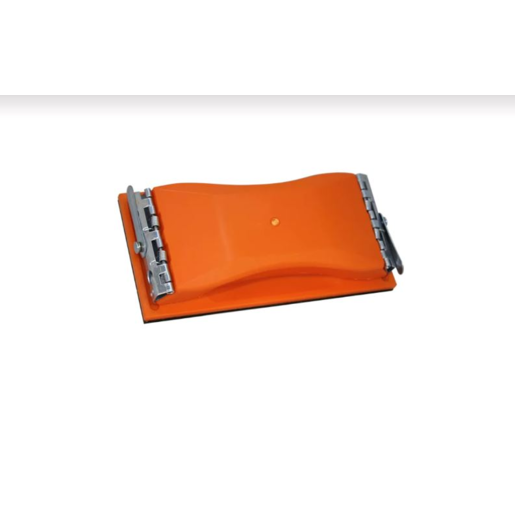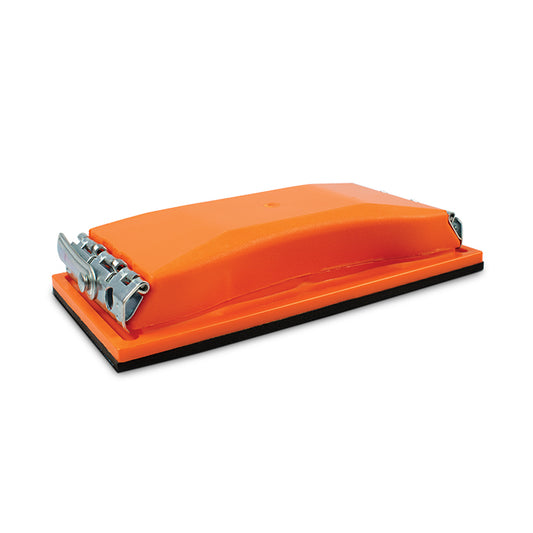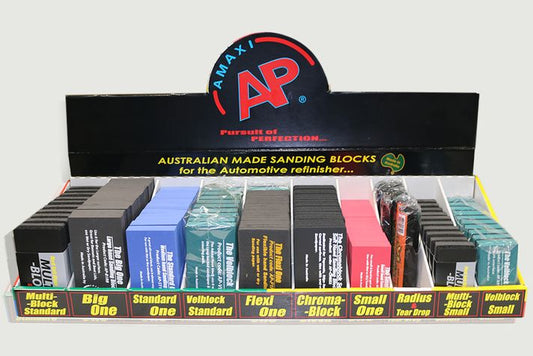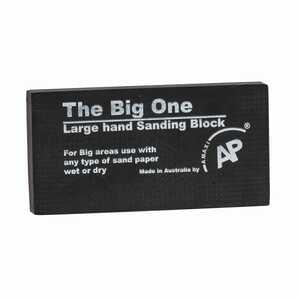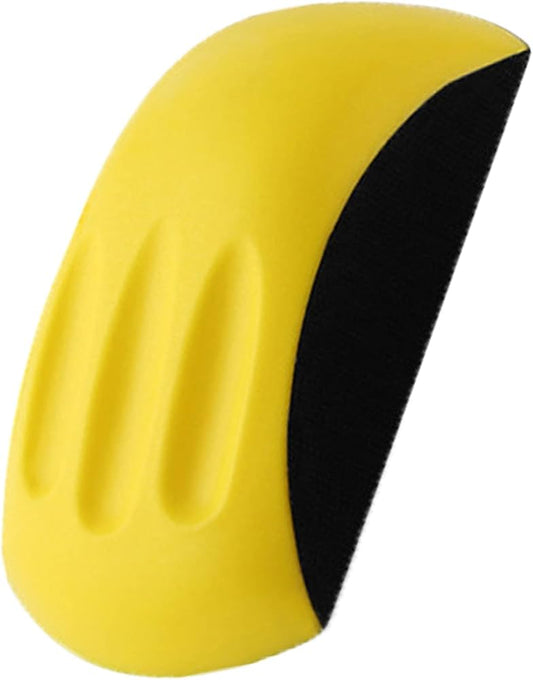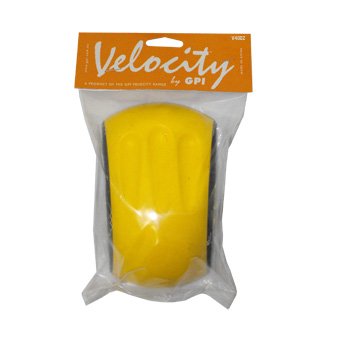Collection: Sanding & Repair
-
Velocity Sanding Block with clips
Regular price From $9.03Regular price -
AMAXI Sanding Blocks
Regular price From $7.25Regular price -
Velocity Sanding Block
Regular price $12.61Regular price
Sanding and repair of any surfaces involves preparing damaged areas for refinishing, often through a multi-step process using different grits of sandpaper and specialized tools. The process can include rust removal, body filler application, primer sanding, and final finishing to achieve a smooth, paint-ready surface.
Key Steps and Considerations:
Rust Removal:
For areas with rust, thorough removal is crucial. This often involves sanding to remove as much rust as possible, followed by treatment with a rust converter and further sanding to prepare the surface for filler.
CLICK HERE FOR EVERYTHING RUST REMOVAL
Body Filler Application:
Damaged areas may require body filler to reshape and restore the panel's original contours.
Sanding Body Filler:
After the filler dries, it needs to be sanded down. Coarse grits (like 80) are used initially to shape the filler, followed by finer grits to feather the edges and create a smooth transition to the surrounding metal.
CLICK HERE FOR EVERYTHING BODY FILLER
Etch primer
Sanding Primer:
Once the body filler is properly shaped and sanded, a primer coat is applied. This is then sanded with progressively finer grits to create a smooth base for the topcoat.
Final Sanding and Finishing:
After priming, the surface is wet sanded with fine grits (e.g., 1500-4000) to create a smooth, paint-ready surface.
CLICK HERE FOR EVERYTHING SANDPAPER
• Specialized Tools:
Various tools are used, including orbital sanders, file belt sanders, and specialized blocks for sanding filler and primer.
• Dust Control:
Dust extraction systems are often used to keep the work area clean and reduce the amount of airborne particles.
• Safety:
Proper personal protective equipment, like respirators, is essential when sanding, especially when working with dust and potentially harmful materials.



